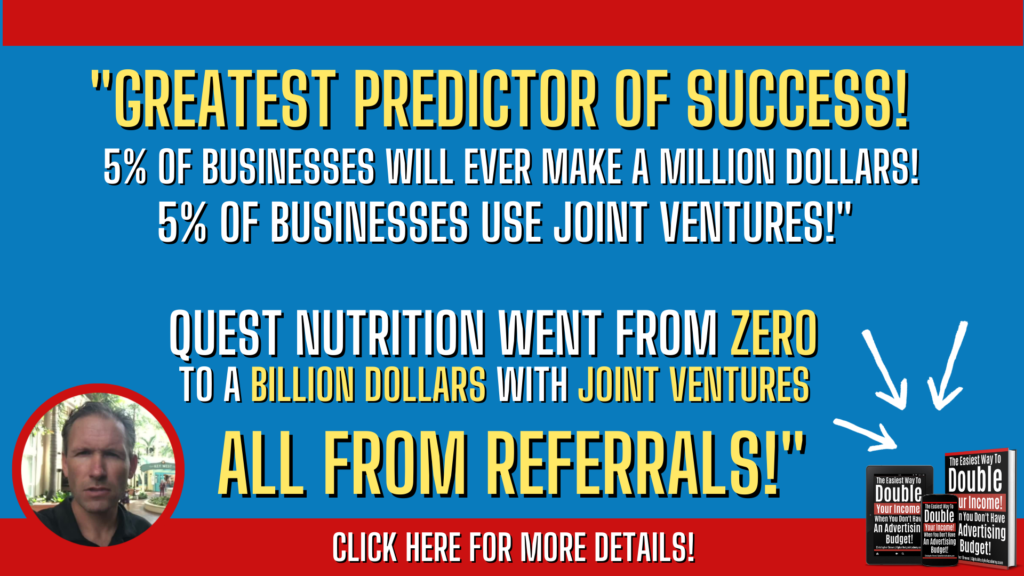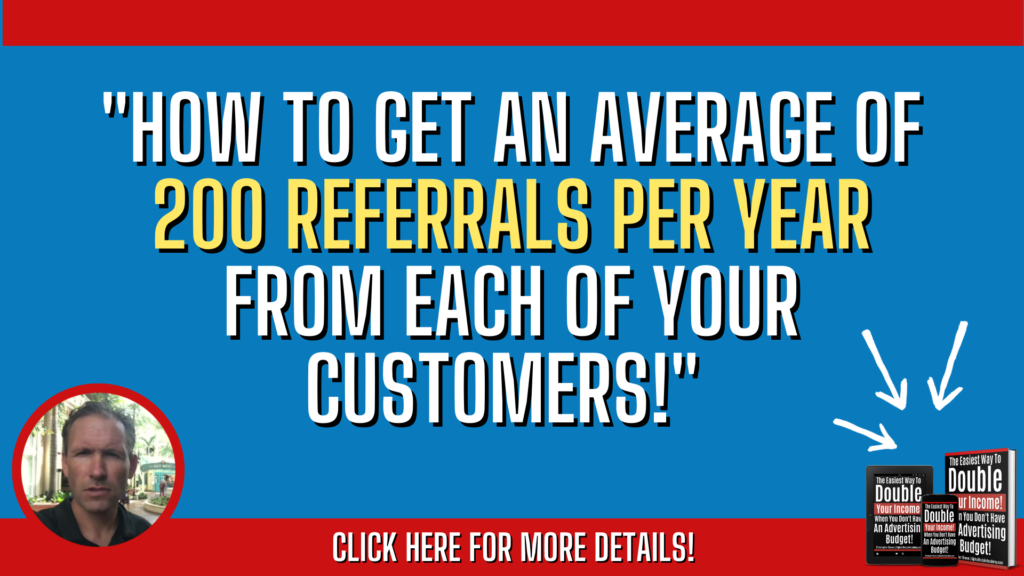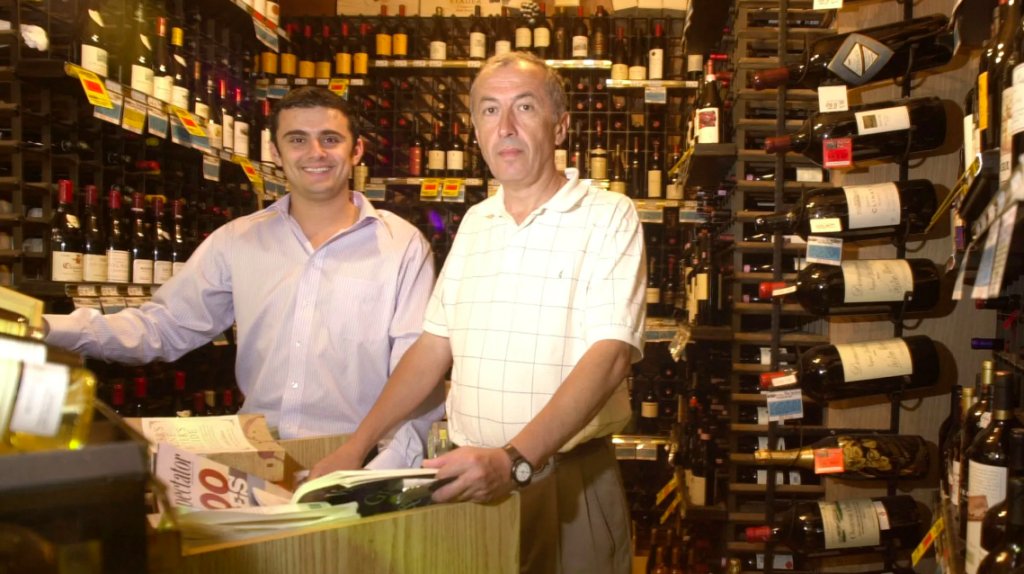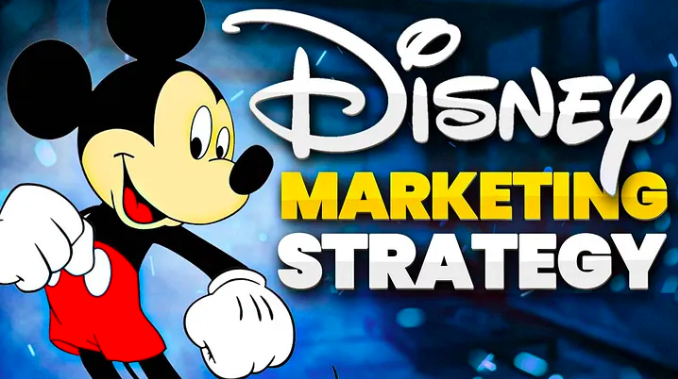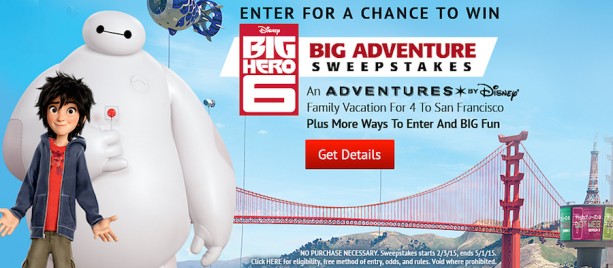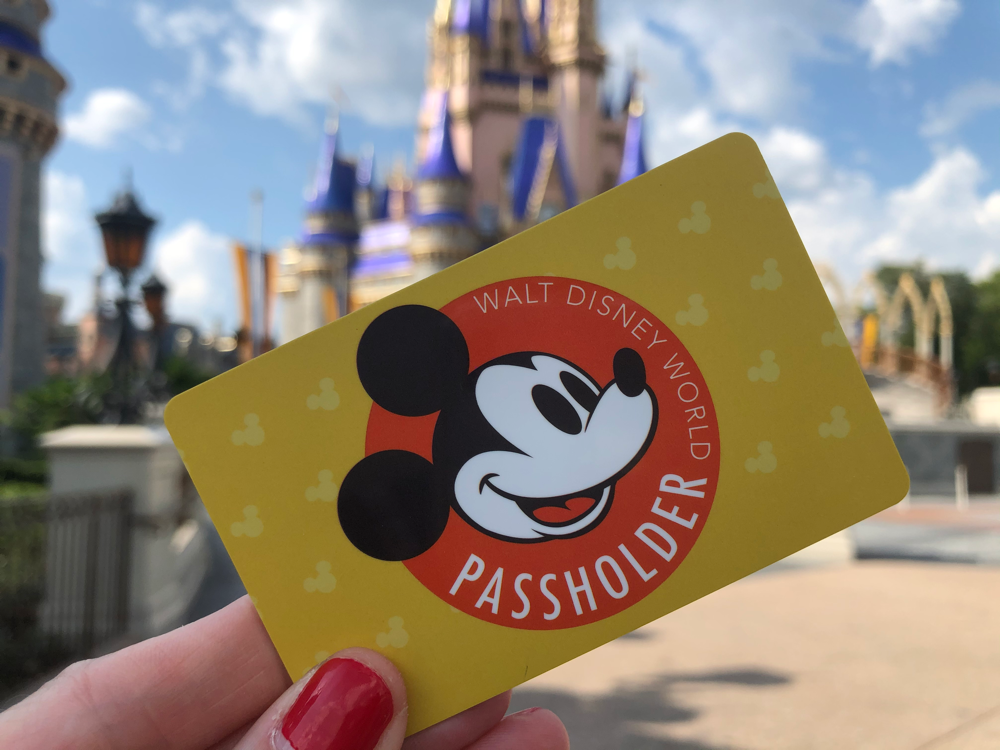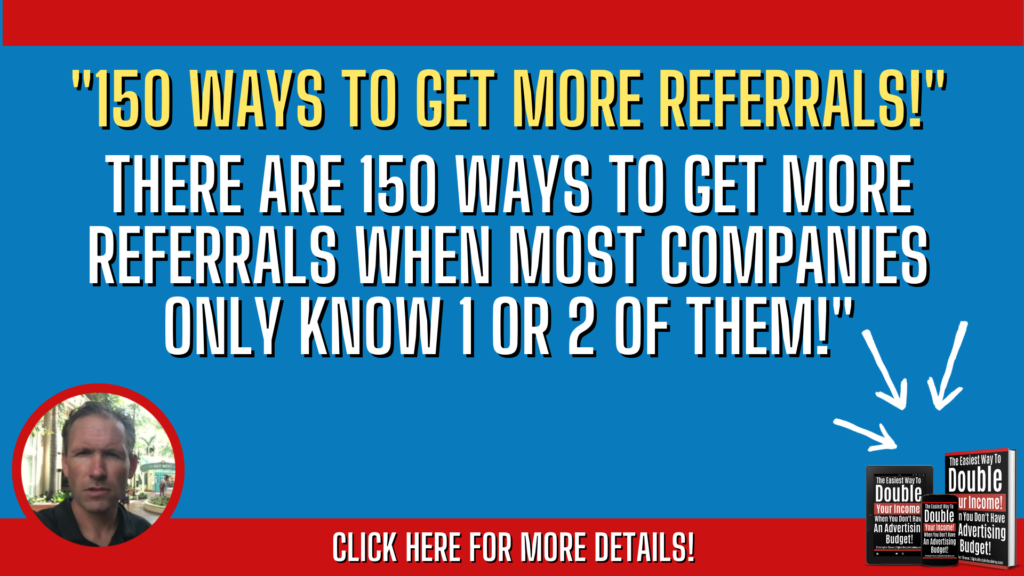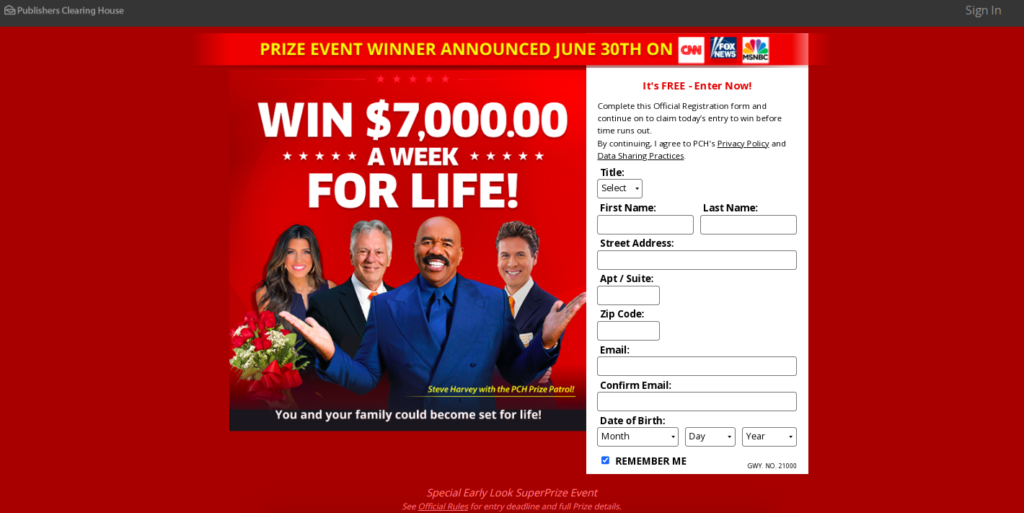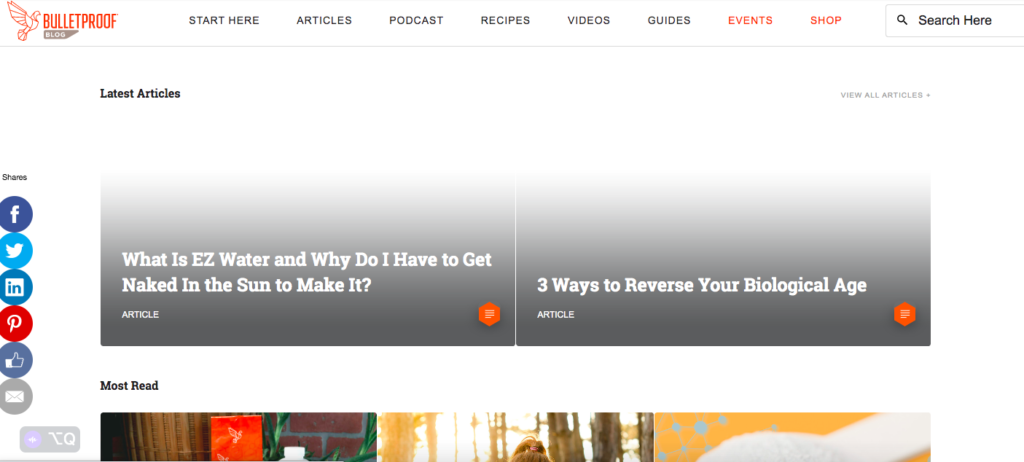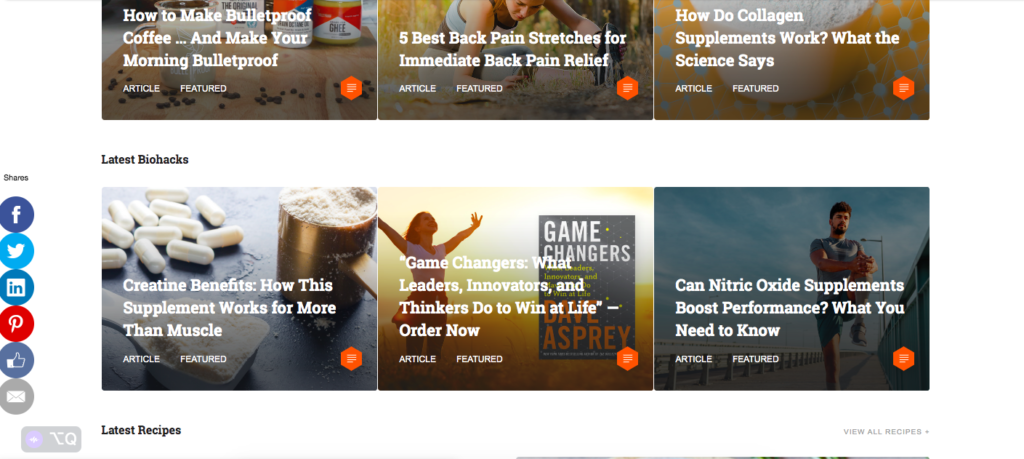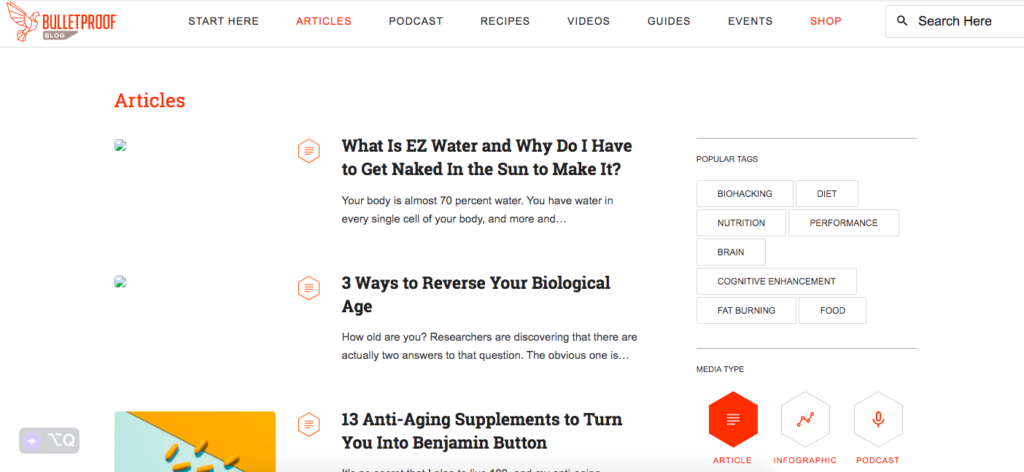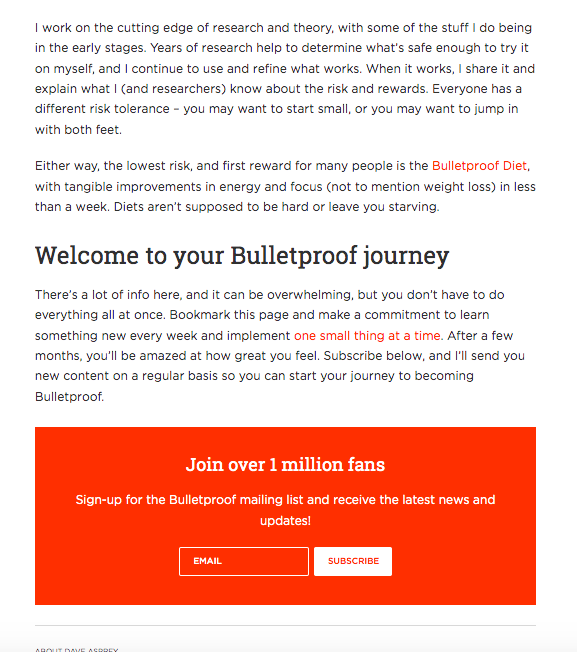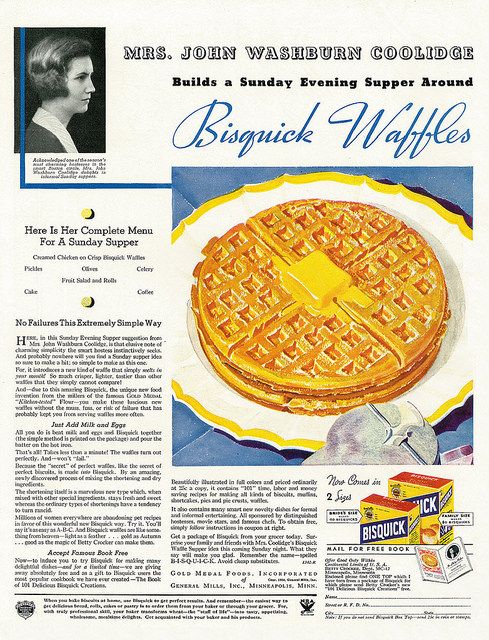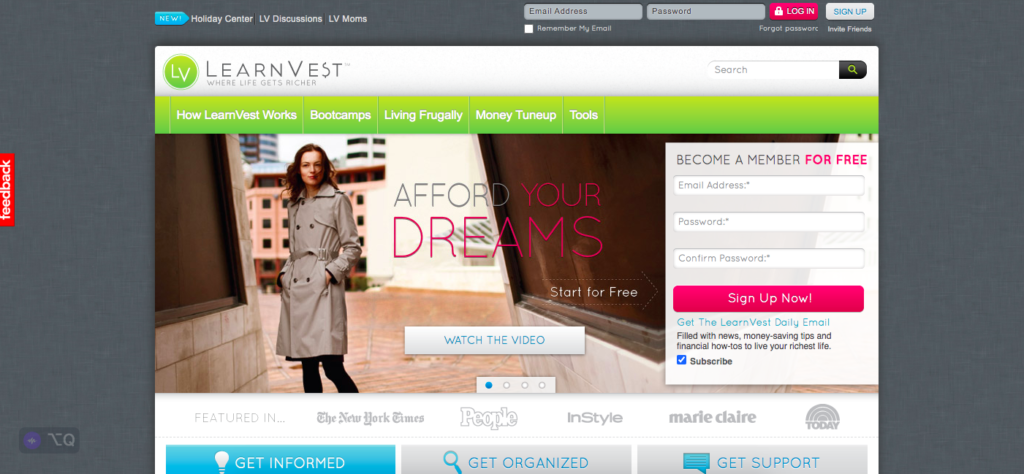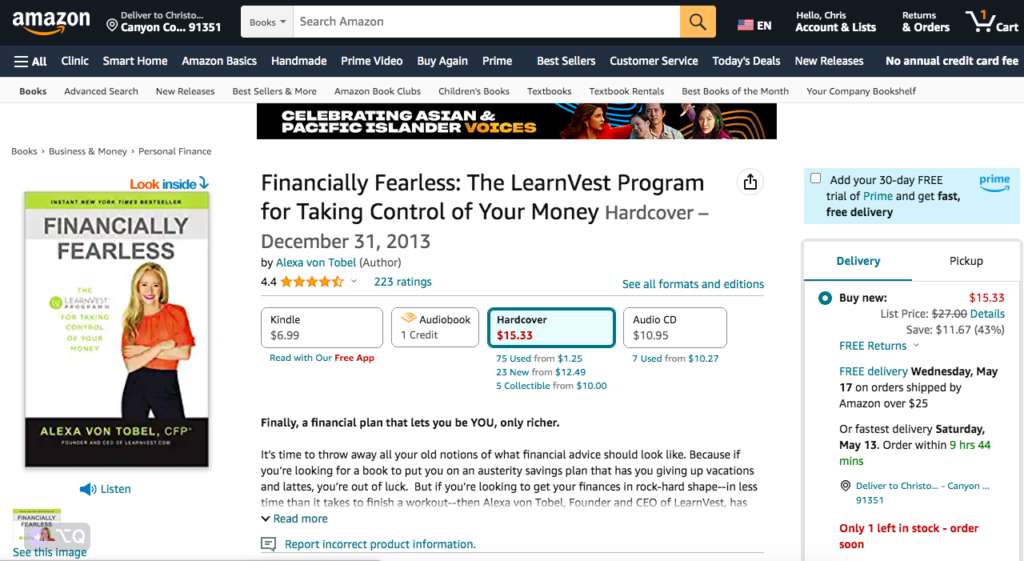What Type Of Content Marketing (Social Media, Blog, Video, Ect…) Produces The Best Results!

[adrotate group="1"]
[adrotate group="29"]
[adrotate group="30"]
Introduction
The most crucial thing you can do to make everything else irrelevant is to have a clear and effective strategy. It's true that there is a lot of hype surrounding social media, but simply posting content without a clear direction or purpose won't yield significant results. Many individuals and businesses mistakenly believe that views and likes directly translate into sales. However, unless you provide clear guidance to your audience on the next steps they should take, they will likely forget about you.
In the past, it took an average of seven exposures to a message for people to remember it. However, due to the overwhelming abundance of content on platforms like Instagram and Twitter, it now takes approximately 500 exposures for your message to be remembered. While direct mail may be more expensive, it tends to be more memorable.
Take companies like Apple, for example, which doesn't heavily rely on social media but utilizes email marketing effectively. LearnVest, which was acquired for $250 million, achieved success through producing articles. Bulletproof coffee, although present on social media, built a marketing hub with a library of articles, blogs, podcasts, and videos.
Considering that customers are bombarded with content from various sources, it's essential to find ways to stand out and capture their attention. In-person events, webinars, courses, and concise articles and posts tend to yield better results for businesses.
Podcasts may be popular at the moment, but it's crucial to examine the data to determine their impact on your business. People are currently enthusiastic about TikTok and similar video formats like reels, which are being adopted by Facebook, Instagram, and YouTube. While these platforms may generate a high number of views, it's important to assess their actual impact on your business objectives.
Some individuals and businesses prioritize getting views and likes, while others focus more on generating sales. Ultimately, it's important to analyze the results and identify the strategies that bring in the best outcomes for your specific business.

Conclusion
Many business owners understand what they do but they do not understand some of the other important parts of their business like marketing.
10 years ago the average business was on 7 marketing channels, today they are on 13, 5 social media channels, and 3 paid channels, thus doubling the work for a fraction of the results.
Instead of seeking someone who understands technology but not your customers, I invite you to partner with us, where we will do the work for you. I’m not offering you to be paid for marketing services, but rather proposing a partnership where I have a financial interest, in your success.
The purpose of advertising is to build a following large enough that when a message is sent out to that following, only a small percentage needs to respond to achieve the financial goals. However, reaching these goals often requires significant financial resources, which many may not possess.
Imagine how much easier it would be to find someone who is already successful and have them send out a message endorsing you and what you have to offer to their following.
The first time I did this, I made nearly $15,000 in my very first 6 hours, and over the next 12 months, that deal turned into a $150,000 per month income.
The next time, I struck a deal with Al Nin and his dentist, resulting in $6.5 million over a 12-month period.
I’m nothing special; I simply had some knowledge about a lesser-known method to get companies to recommend me and the companies I have worked with to their customer base. You are just one deal away from changing your life.
Covering everything here would be an impossible task, so I invite you to visit 90daymillion.alphalifestyleacademy.com for more details.

[adrotate group="1"]
[adrotate group="29"]
[adrotate group="30"]
